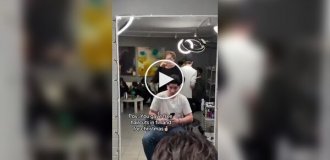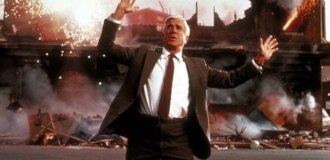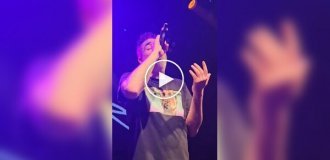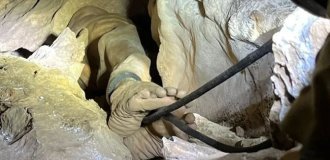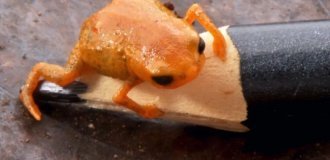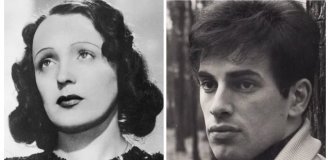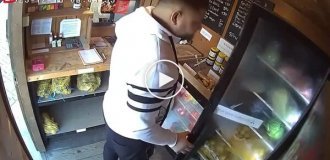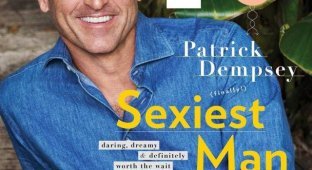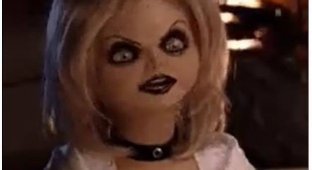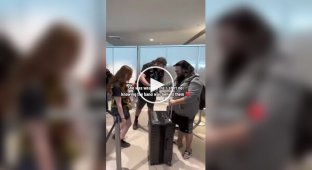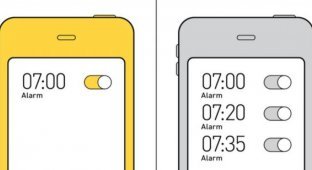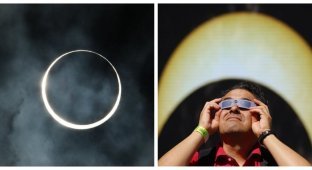There have always been enough scammers and impostors who make a lot of money on people’s trust, desire to get rich and grief. But if there is evil, then there must also be good, exposing the actions of greedy and greedy characters. 
Working undercover, Rose exposed hundreds of fake psychics. 
Seance
The mournful post-war atmosphere of the early last century became fertile ground for the movement known as spiritualism. Its members have gained a huge following by claiming that they can communicate with the dead.
In the early 1920s, Brooklyn-born Mackenberg was working for a detective agency in New York when she was assigned the case of a psychic who recommended worthless stocks to a local banker. A mutual friend introduced her to magician Harry Houdini, who at the time was leading his own crusade against spiritualists. At the height of his career, Houdini decided to use his influence to expose a practice he simply could not tolerate: psychics who hunted the dead. He announced a reward of $10,000 to any medium who accomplished a feat that he could not duplicate using various known tricks.
Impressed by Mackenberg's detective skills, he offered the girl a job as an investigator helping him expose fraudulent spiritualists. She hesitated: Rose believed that communication with the other world was possible. Houdini replied that this work would be a great way to test this fact. 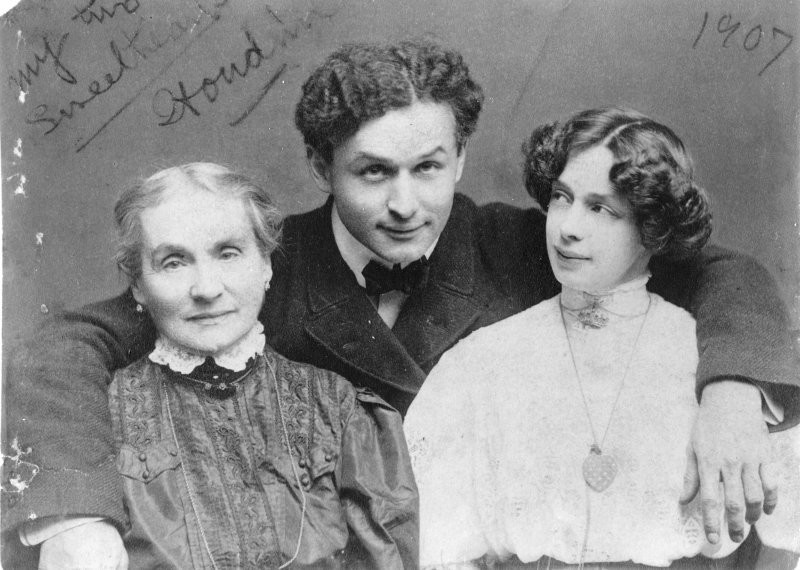
Houdini with his mother and wife
Houdini himself sought solace in spiritualism after losing his beloved mother, Cecilia Weisz, a decade earlier.
At one session, he listened to a medium deliver a long and dramatic letter purportedly written by his mother. True, the message was in English, which she never spoke.
When Houdini first began performing, he and his wife Bess included a medium in their show. But he became disillusioned after seeing how it affected grieving people, giving them false hope. His frustration turned to anger, and then the heartache and anguish turned into a kind of crusade for justice. But few spiritualists allowed themselves to encounter him - Houdini was too famous as a magician and a “spooky baiter,” as Mackenberg once called him. By the time he hired Rose, she had joined a staff of 20 investigators. And she quickly became the most famous among them. 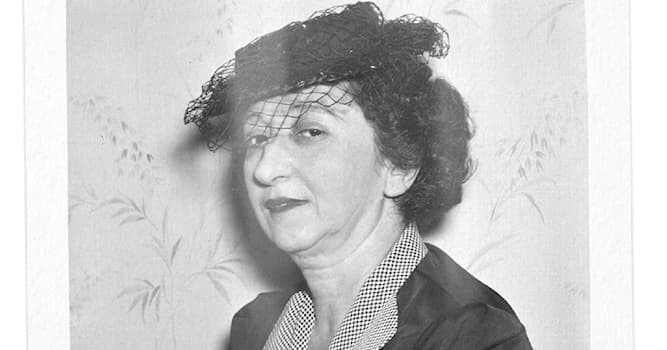
Rose Mackenberg
Mackenberg studied the situation before Houdini's tour, looking for local mediums and scammers, whom the magician later exposed on stage. She lingered in department stores and read local newspapers to find out what psychics were in town. Then she chose a new image for herself and went to their rooms for sessions.
Her disguises ranged from small-town matron to trusting servant girl.
In 1929, the Minneapolis Star Tribune published an article about Mackenberg, "Houdini's Mysterious Girl Detective." The photo showed the detective without a disguise. “Note the sharp, unwavering gaze and firm chin characteristic of all seasoned detectives,” the caption read. In the interview, she talked about the stories she and other investigators came up with. The more fantastically implausible the story was, the more willingly people fell for it.
In Chicago, she disguised herself as a widow named Rosalind Richards and paid a visit to the famous spiritualist pastor Herman Parker. After he claimed that he was communicating with her non-existent deceased husband, Mackenberg decided to check the extent of his deception. She asked Parker for advice on what to do with the compensation she was offered for his death. Parker advised her to invest in a company called Wilcox Transportation Company. Which, naturally, was driven by Parker and his accomplice. Mackenberg turned her findings over to the Investor Protection Bureau, and Parker was jailed for fraud.
Once Mackenberg collected information about the fraud and passed it on to Houdini, he publicly exposed the swindler during his performance.
Often, Mackenberg took the stage to describe her visit and prove that she had been to the medium's home, providing details and even the secret mark she left behind as evidence. If the medium retracted his words, a committee of volunteers accompanied the person to his home to look for the sign - a seven-pointed star drawn in green pencil on the wallpaper. Often the shows ended in brawls in which Houdini's detectives became targets of attack.
In Indianapolis, Mackenberg posed as a mother who had just lost her baby to visit self-proclaimed spiritualist leader Charles Gunsolas. Gunsolas offered her the opportunity to communicate with the spirit world through a bowl of water for $25 (several hundred in today's money) and advised her to remove her clothes to improve the line of communication. Six weeks later, while performing in Indianapolis, Gunsolas sat in the audience during the Houdini show. Houdini exposed his fraud and Gunsolas was booed. 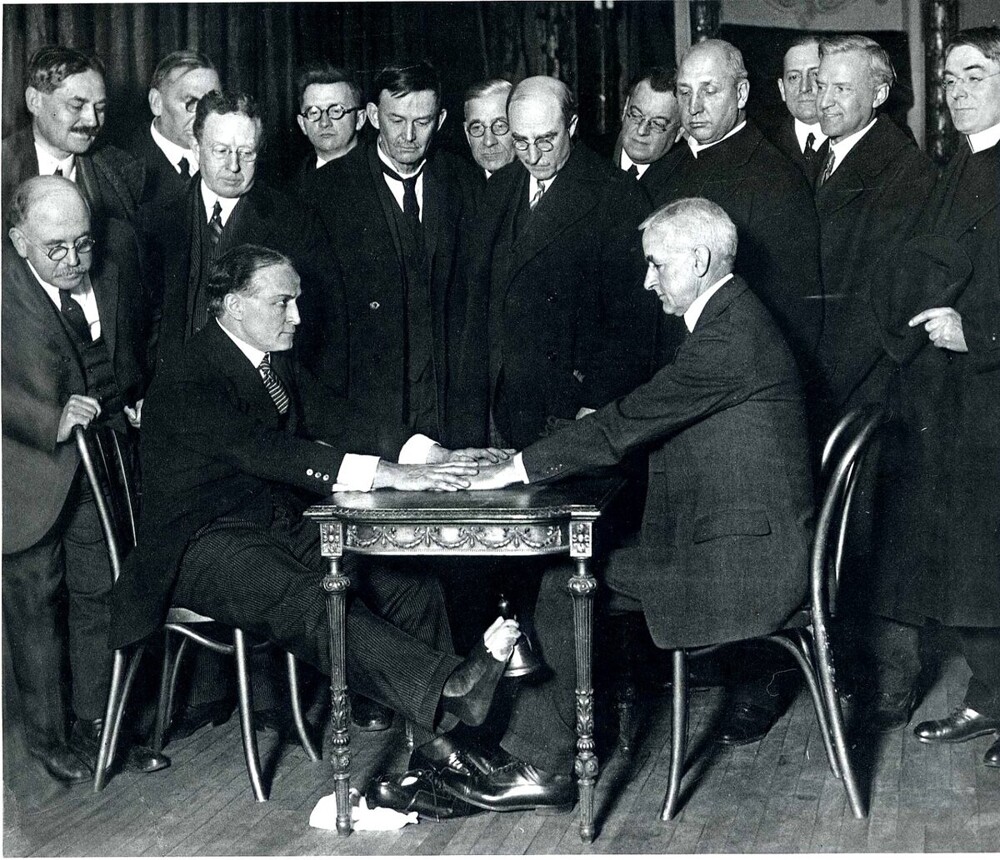
Exposing the techniques used by fraudulent psychics has become a regular part of Houdini's stage shows, including this one in New York. He sits on the left
By 1926, news of Houdini's crusade and Mackenberg's treachery had reached every corner of the country. Congress was holding hearings on whether to ban fortune telling in the nation's capital, one of the few cities where it could actually be licensed. Houdini represented the prosecution, but the newspapers focused on his assistant.
Mackenberg's testimony had the effect of a bomb exploding. Rose said that senators often visit mediums in Washington, and named four of them - from Indiana, Kansas, Washington and Florida. She then said that one medium swore that President Calvin Coolidge attended séances held in the White House.
The hearings were stormy, Houdini spoke from the podium and offered $10,000 on the spot to any medium who could prove contact with the dead. In their testimony and protests, spiritualists argued that the ban would interfere with their religious freedoms. At some point, the meeting almost turned into a banal fight.
The sensational hearing ended her work with Houdini, who died five months later at the age of 52. But Mackenberg continued their mission. For another three decades, she investigated the activities of mediums on behalf of individuals, insurance companies, banks and other clients. But this did not change her views on the afterlife. 
Images of Rose
“I am not a skeptic, despite all the impostors I have discovered,” the woman said in an interview in 1937. “I would be the first to acknowledge a message from the Great Beyond if I were sure it was genuine.”
According to Rose, before his death, Houdini made a pact with her: if possible, he would contact her from the afterlife. “I never received any semblance of the good faith message we agreed on.”
Add your comment
You might be interested in:
